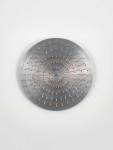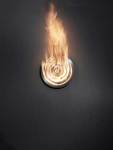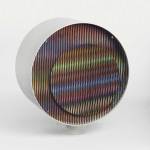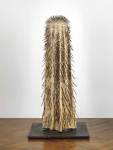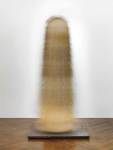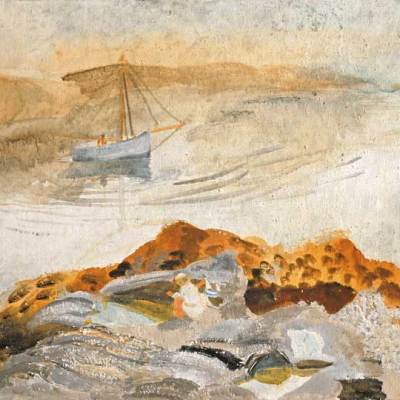Christie’s new private selling exhibition, ‘Turn Me On: European and Latin American Kinetic Art 1948–1970’ opened last week with moving works involving light, electrical motors, and non-electrical motors (in their simplest form, optical illusions). But what exactly is ‘kinetic’ art, and does the exhibition itself prove that the term is just a bit too problematic?
In an interview with The Guardian, Christie’s specialist Jacob Uecker recognises the term as ‘broad’. The installation-like, Science Museum-worthy fare perhaps constitutes a ‘type’ (like painting or sculpture) that has, and will continue to, evolve with technological advances. Kinetic art from the 1950s looks very different to contemporary kinetic art involving a digital aspect. Video is ‘accepted’ by Christie’s for ‘Turn Me On’ as well, encompassing its ever-developing forms.
In the same interview Uecker also says that ‘in the past, kinetic art has been seen as a genre in itself, which is completely untrue’. The confusion in that statement is that the auction house actually appears to be spearheading the term anew, with a capital K, even on its own website. Does this simply refer to a time when kinetic art was particularly popular, as we might refer to Ancient Greek, Roman or Neoclassical Sculptural Art?
In prodding the boundaries, establishing and re-establishing what constitutes kinetic art, Christie’s are leading collectors into (hazily defined) new territory. The objects for sale at this exhibition are collectible in a straight-forward sense, but this display of kinetic art suggests a brave step towards tackling newer challenges.
What would it mean if specially-choreographed dance were one day allowed to join the kinetic ranks? Or, even, some future permutations of the prevalent animated GIF? It’s certainly something to think about.
‘Turn Me On’ is at Christie’s, Mayfair, until 7 April 2014.


